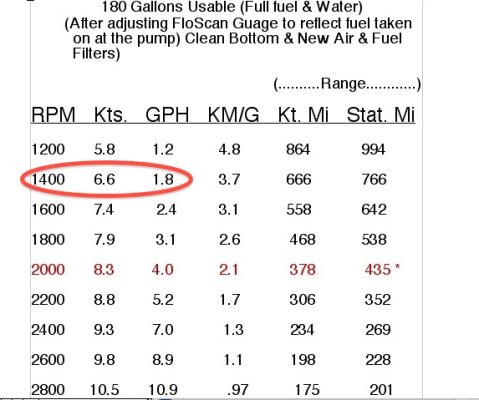.................... My point is, either the majority of boat manufacturers don't know what they are doing or the web "experts" are full of BS.
Which do you think it is?
For the sarcastic impaired, the answer is, the web "experts" are full of BS. Boat manufacturers have the resourses to select the correct engines and props for the boats they manufacture. Engineers, Naval Architects, computers, test tanks, and actual testing of the first hull.




